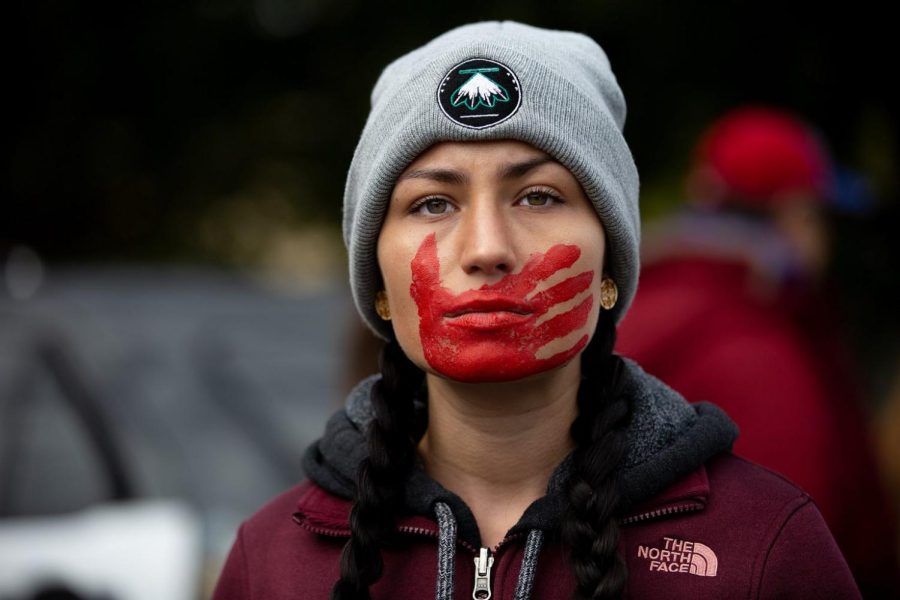Justice for Indigenous Women
September 26, 2022
In this modern day and age, our society is more aware than ever. Many social issues once seen as taboo or swept under the rug have come to the forefront—think mental health awareness and feminism. Not only that, but light has been shed on our country’s systemic racism, a problem so devastating, yet so deeply engraved into the laws and structure of our society. As an example, African-Americans are disproportionately affected by police brutality. Unfortunately, bias in media has erased another issue entirely: the cases of missing and murdered Indigenous women.
In 2021, a staggering 521,705 of the nation’s population went missing. People tend to become fixated on the bizarre circumstances surrounding one’s absence, especially when it comes to Anglo-Americans. One recent and notable case is that of California teenager Kiely Rodni, who went missing after attending a party at a campground. For Rodni, an extensive effort to find her was put in by several police departments and volunteers; mass sweeps around the area were common .
Of course, not all missing persons cases can have extensive news coverage or massive search teams similar to that of Rodni, but it is important to recognize how frequently Indigenous females are left tremendously under-resourced when compared to other ethnic groups. As of 2016, 5,712 Indigenous women went missing, yet the U.S. Department of Justice missing persons database has only accounted for 116 of them. In our country, one’s ethnic identity can influence how important one’s life is in the eyes of our government. This unspoken ethnic prejudice is sickening, but the facts prove the fatal consequences of systemic racism to be all too real.
The issue of systemic racism is not one to be taken lightly, as seen by the ongoing threat of violence against Native American women. Indigenous females are more than ten times more likely to be murdered than all other ethnicities. More than four of five Native women have been victims of violence: murder being the third leading cause of death amongst Indigenous females. Physical, domestic, and sexual abuse are also alarmingly common, affecting more than half of Native women. These women are not just numbers to gawk at; they are real people with names and stories to be told to the rest of the world.
Take Sherry Wounded Foot, a 50-year-old mother, who was beaten to death in White Clay, Nebraska, in 2016. No arrests have been made in connection to her death and her murder remains a mystery. However, Sherry Wounded Foot’s death is not the only neglected case: there are thousands of innocent Native women neglected just like her.
A blind eye has been turned on the vulnerable community of Native American women and girls. This is not to say that missing individuals like Kiely Rodni should not have been provided with such resources. However, attention must be brought to the American government’s failure to protect Indigenous females. Drawing from the fact that marginalized cases are mainly those of Native Americans, injustice can be widely attributed to the long-lasting jurisdictional conflicts between various levels of government.
Ethnic background should never dictate an individual’s worth in the eyes of the law, in the media, or in society itself. This deep-rooted issue of systematic racism surely cannot be solved by this article, but even one new person being aware is a step in the right direction.
Photo by Lorie Shaull (Flickr Creative Commons)

